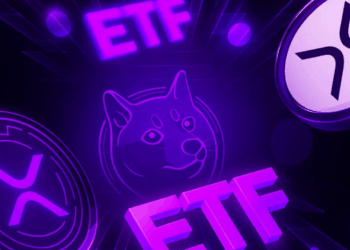Bitcoin’s network has achieved a major milestone by reaching a sustained hashrate of 1 zettahash per second on a seven day moving average. This marks the first time in the cryptocurrency’s history that such a level of computational power has been consistently maintained. According to Glassnode this achievement reflects the growing scale and sophistication of global mining operations.
Understanding the Zettahash Milestone
The hashrate measures the number of hashes generated per second by miners who secure the Bitcoin network. A seven day moving average is used to smooth out fluctuations caused by natural block time variability. While the network has briefly touched 1 zettahash earlier this year, this is the first time it has held steady at that level. To grasp the scale, 1 zettahash equals 1,000 exahashes. Bitcoin first crossed the 1 EH/s mark in 2016. In 2025 alone, the hashrate has surged from around 800 EH/s to 1 ZH/s.
Implications for Mining Difficulty
This surge in computing power is expected to trigger a difficulty adjustment of more than 7 percent within the next two days. That would be the second largest upward shift this year. Difficulty adjustments occur approximately every two weeks to ensure that new blocks are added to the blockchain at a consistent pace of one every ten minutes. After this adjustment, the mining difficulty will rise to 138.96 trillion, making it even more challenging for miners to earn rewards.
Frequently Asked Questions (FAQs)
- What does hashrate mean in Bitcoin mining?
Hashrate refers to the total computational power used by miners to validate transactions and secure the Bitcoin network.
- Why is the seven day moving average important?
It helps smooth out short term fluctuations in block times, offering a clearer picture of sustained network performance.
- What is a difficulty adjustment and why does it matter?
It recalibrates the mining challenge to maintain a steady block production rate, regardless of changes in total mining power.










